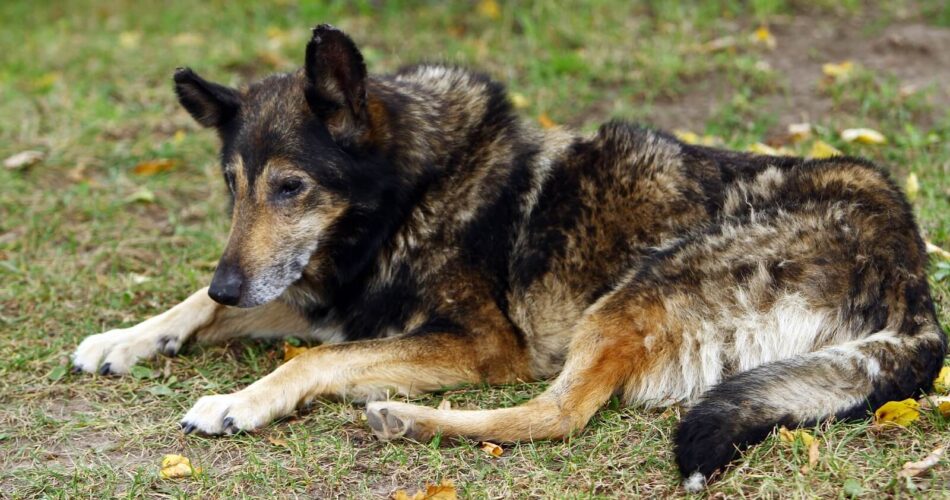The worst part of being a dog parent is that the dog’s lifespan is much shorter than ours. No matter how long dogs live, it is never enough. However, recognizing the signs your dog is dying is essential in terms of providing special care during8 ft kayak jock strap custom kings jersey sit top kayak fsu football jersey latex hood air jordan 1 low flyease custom maple leafs jersey best human hair wigs for black females inflatable kayak jordan air force 1 air jordan 1 element air jordan 1 low flyease custom dallas stars jersey smith and soul its final period of life.
There are many signs that your dog is dying, and if you are carefully observing, it will be pretty easy to notice them, maybe not all of them but definitely most. It is also worth mentioning that dogs are instinctively inclined to hide signs of weakness which makes the manifestation of those signs subtle and not strikingly apparent.
This article will review the most common signs your dog is dying soon and help you recognize them.

What are the signs of a dying dog?
As mentioned, although challenging, it is vital to know your dog is getting old and recognize the signs your dog may be dying so you act timely and adequately.
If you wondered how to know if your dog is dying, take a look at the following signs and changes.
Weight loss
Just like older people, old dogs lose weight even if they eat the same as usual. As the dog ages, its digestive system becomes less efficient in digesting foods, resulting in a lack of proteins. As a response, the body uses its protein reserves stored in muscles. When the proteins from muscles deplete, muscles start wasting, and the dog loses weight.
Decreased appetite and water intake
One of the most common signs your dog is dying is decreased interest in food and water. As the dog ages, its senses decline, resulting in reduced taste and smell sense.
Consequently, food is no longer as appealing as it used to be. Plus, older dogs generally have teeth issues which make eating and swallowing a painful process. All in all, those changes result in decreased food and water intake.

Disinterest in activities
The pain almost inevitably accompanies old age – whether it is due to joint issues or digestive troubles. Pain affects the dog’s mood and makes it reluctant to do anything but lay and sleep.
In addition to being disinterested, your dog may start self-isolating before dying. The need to be alone is one of the frequently observed signs your dog is dying.
Behavioral changes
Old dogs are cranky and easily irritable. This is the result of pain and confusion that develop with old age. Dogs that were once playful and friendly may suddenly snap if another dog initiates play. Dogs that once cuddled all day and followed you around may start lying alone, disinterested in where you are and what you are doing.
Incontinence
One of the signs your dog is dying is not being able to hold it. Old dogs are highly prone to peeing accidents. This is not due to lack of housetraining but because the muscle sphincter that keeps the bladder closed is no longer as contractible as it used to be.
Confusion, disorientation and getting lost
Old dogs develop a condition known as Cognitive Dysfunction Syndrome (CDS). CDS in dogs is the same as Alzheimer’s disease in people. Simply put, a dog with CDS will have a hard time dealing with its environment.
A dog with CDS will forget where it is, where it lives, where it bowls, or even who you are. Therefore, dogs with CDS can easily get lost and must never be allowed to walk without a leash.

Slowed respiration and decreased body temperature
Just before your dog dies, its respiration will change the pattern – usually, the breathing becomes slower and shallower. Gradually, as the body systems start failing and shutting down, the body temperature will decrease.
Signs your dog is dying soon – the timeline
To better understand your dog’s dying process, it is helpful to make a short timeline and list the events chronologically. In those terms, the signs your dog is dying can be categorized like this:
- Between three months and three weeks before your dog dies, it is common to notice changes like unexplainable weight loss, dull eyes and look, dehydration, absent self-grooming habits, and gastrointestinal issues.
- Three weeks before your dog dies, you will be able to notice drastic weight loss, unusually picky appetite, reluctance to participate in otherwise enjoyable activities, increased tendency toward self-isolation, changes in the respiratory pattern, an increased presence of eye discharge, and skin issues.
- Few days before your dog dies, there will be extreme weight loss, a distant look in the eyes, complete disinterest in anything except lying and sleeping, unusual stillness or restlessness, increased vocalization, change in your dog’s usual smell, distinct changes in its temperament.
Conclusion
Death is inevitable, and sadly our canine friends have shorter lifespans. This is something as a dog owner you need to consider when getting a new dog. Providing proper care throughout your dog’s life is just as crucial as ensuring painless death when the time is right. Immensely difficult and challenging, euthanasia is a standard option among modern dog parents.
It ends the dog’s pain and suffering and shortens the dog parent’s emotional distress associated with his dog’s wasting and deteriorating condition. However, to provide special end-of-life care and consider euthanasia as a dog parent, you need to recognize the signs your dog is dying.

